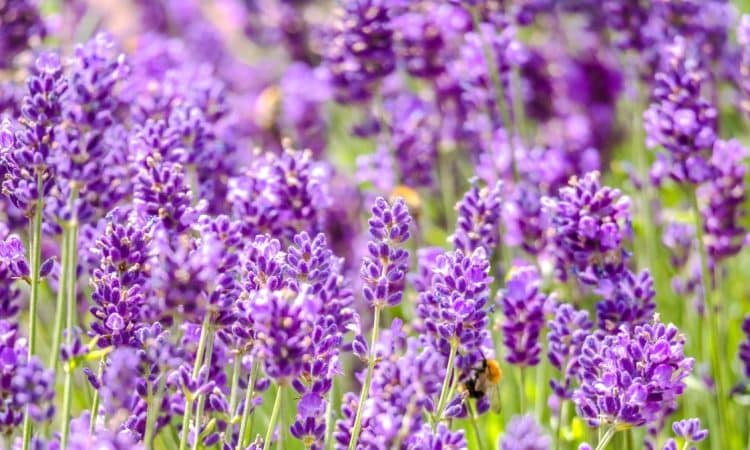
Lavender, known and loved by gardeners, delights with its beauty and wonderful aroma. In addition to its appearance, it also surprises with a number of practical uses, making it a true heroine of many gardens.
Why Does Lavender Bloom Poorly? Check If You Have Not Forgotten About It
Reminiscent of Provençal landscapes, lavender brings a unique atmosphere to the garden. However, it delights not only with its delicate purple flowers. With its intense fragrance, which is the result of essential oils present in the plant, it repels mosquitoes and ticks. In turn, it attracts beneficial insects like bees and butterflies.
At times, however, it likes to rebel. Although it is not demanding in cultivation, to enjoy its beauty until autumn, it is worth paying some attention to it. Simple treatments will make it a unique decoration of the garden even when other flowers already refuse to cooperate.
What Does Lavender Not Like? Take Care of It This Way
Lavender has its own preferences. Planted in the right place and given enough care, it will repay you with a stunning appearance. Due to its origin, it requires, first of all, a sunny position. Planted in the shade, it will bloom poorly or not bloom at all and also grow poorly.
Moreover, lavender grows best in alkaline, well-drained soil, without the risk of stagnant water. Soil that is too wet will expose its roots to rot, and the plant itself may fall victim to a fungal disease.
Attention should also be paid at the time of watering. Although lavender does not need too much water, and watering, except in periods of drought, should be rather sporadic, when watering, water should be poured directly into the ground, being careful not to wet its leaves or flowers. If wet, they will become more susceptible to fungal diseases.
Homemade Fertilizer for Lavender: Scrub and Toss the Plant
To make lavender grow for a long time without losing its previous vigor, it is worthwhile to strengthen it with a homemade fertilizer. After all, the plant needs a fair amount of calcium to grow flowers abundantly and for a long time. And this can be provided with eggshells.
Eggshells, previously cooked in water without spices or any additives, should be thoroughly dried and then crushed in a mortar or food processor. Later, all you need to do is toss the crushed shells around the bushes and watch the lavender get a boost. It will be much strengthened and thus more resistant to diseases and pests. Most importantly, all summer it will please the eye of its owner with the purple of its flowers.

